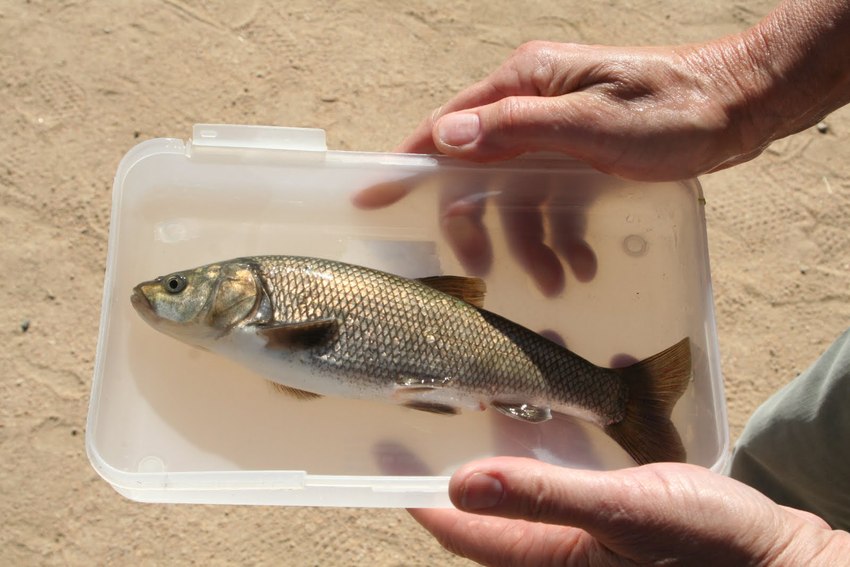Whether it’s the vine that ate the South or the toothy, voracious fish that can survive out of water and destroys natural ecosystems, invasive species are universally cursed.
In some cases, that’s a good thing—when it comes to both of these well-known examples, we should be vigorous in our efforts to control their impact, said Dr. Sujan Henkanaththegedara, assistant professor of biology at Longwood University.
But when it comes to conservation, sometimes dogmatic views of invasive species may harm efforts to save endangered species.
It's natural to coexist
"Presence of invasive species in every imaginable ecosystem is the rule, rather than the exception, in the contemporary world. We see many situations where native species coexist with non-native species," said Henkanaththegedara. "In several long-term mesocosm experiments with endangered fish and invasive mosquitofish in California, we found that species often find ways to coexist by preying on each other, creating sort of a balance. Understanding the complex interaction between native species and the invading species may help us target our resources to management strategies that actually work instead of futile efforts to remove the invader."
Often, efforts to remove fast-reproducing invasive species are just that: futile. In Henkanaththegedara’s experiments, invasive mosquitofish populate many natural habitats of endangered species, and removing them is an impossible task. Conservation biologists in the southwest have been struggling to recover endangered Mohave tui chub in the Mojave Desert, Calif., whose natural habitats are now home to invasive species There are only four stable populations of this endangered minnow in the world and its recovery plan calls for establishment of more refuge populations. Henkanaththegedara’s research shows that the presence of invasive species in potential refuge habitats is not necessarily a bad thing. "It is really hard to find potential habitats for this endangered fish in a desert and most of them are already infested with invasive mosquitofish, but we show that simply the presence of an invasive species shouldn’t automatically negate a potential habitat," he said.
Intraguild predation
In his mesocosm experiments, Henkanaththegedara replicated invasive species in a habitat by introducing a population of the predatory mosquitofish—labeled as one of the world’s worst 100 species—in a population of endangered Mohave tui chub.
What he observed was a phenomenon called intraguild predation—the killing and eating of potential competitors. Instead of the invasive mosquitofish killing all the tui chubs and wiping out the population, the chubs limited the numbers of mosquitofish by preying on them as well. In the end, there was a kind of stasis reached—both populations coexisted, mimicking what often happens in nature.
His study is detailed in the article "Intraguild predation may facilitate coexistence of native and non-native fish," published in the Journal of Applied Ecology with his coauthor, Dr. Craig Stockwell at North Dakota State University
"What we suspect is this phenomenon occurs naturally," said Henkanaththegedara. "Understanding the complex interactions between native and non-native species may help us develop novel ways of managing endangered populations."
Perception becomes reality
For years, conservationists have wrestled with an important question: where to reintroduce endangered Mohave tui chub so their population will again be able to thrive? That question takes on even more significance when the species’ potential refuge habitat has been invaded by invasive mosquitofish. Henkanaththegedara’s research shows lingering concerns over invasive species are often overblown.
"This is a cautionary tale," he said. "Following our work, sites that previously had been considered unsuitable for endangered tui chub because of the mosquitofish were seen in a different light. Conservation biologists began introducing tui chubs into mosquitofish infested sites, and the endangered tui chubs have thrived. We’re able to rethink management efforts because of this research."



Leave a Comment